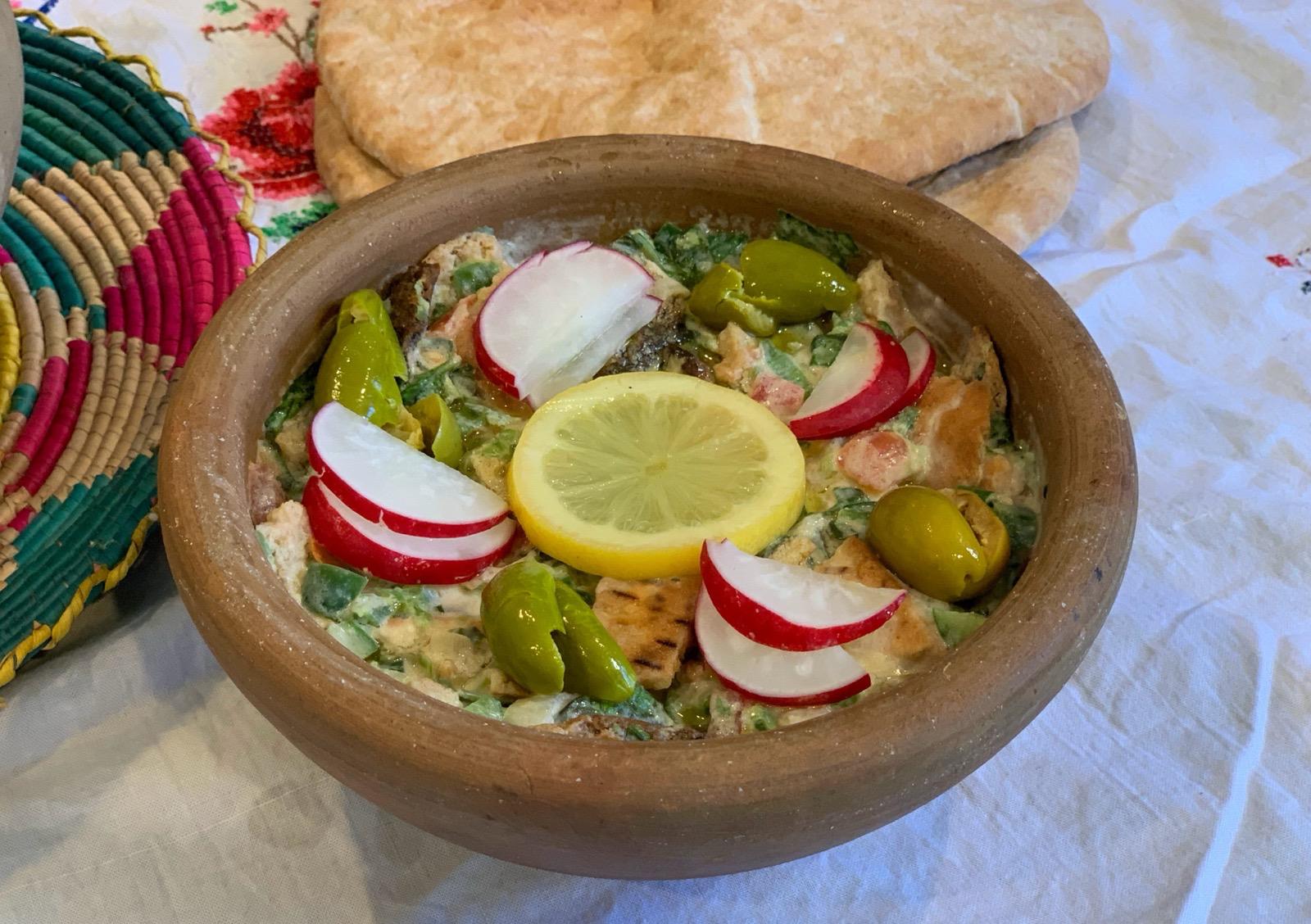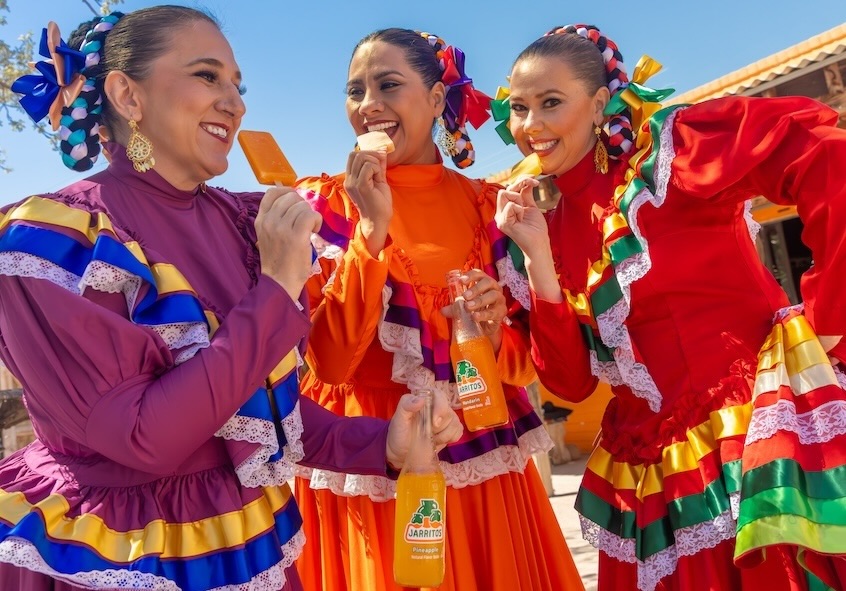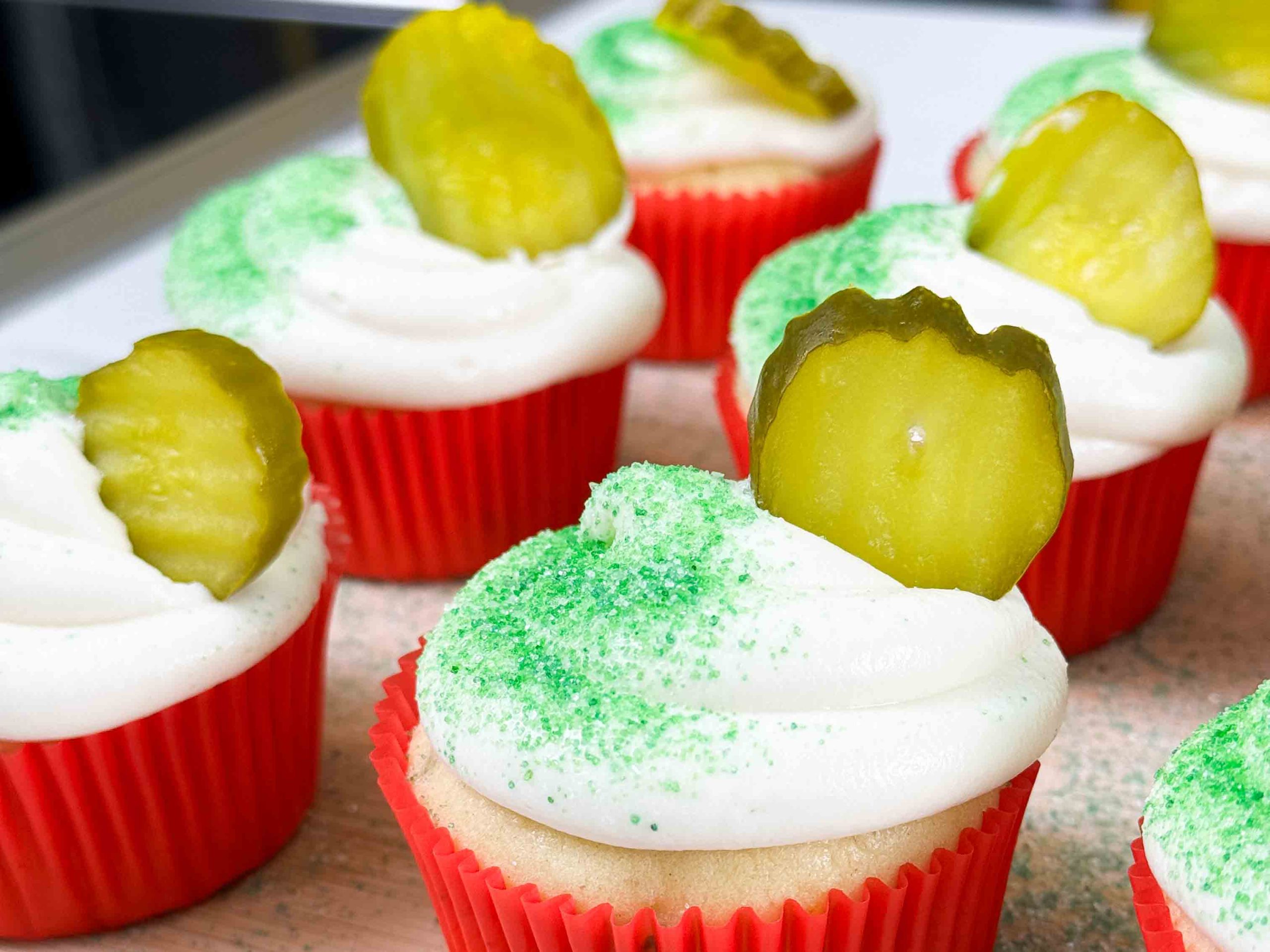German Marble Cake
This is the last, but not least, of this series of guest posts on Diethood. In just a few short days I will be back home trying to catch-up, clean-up, pay bills… oh I don’t even want to think about that.
Okay, back to good things.
Today is a treat. I am truly honored that I have a guest post from Tori, The Shiksa! I discovered her blog via Tasty Kitchen and I was hooked from the moment I landed on her homepage. Her energy, her enthusiasm, and her passion definitely translate through her words, and you will want to jump on The Shiksa Feed just as fast as I did!
————————————————————————————————
I’m so excited to have the opportunity to guest post for Katerina here at Diethood! I’ve admired this blog for quite some time, and I’m happy to share a delicious recipe with you. Today, we’ll be making German Marble Cake.
I realize some of you may not be familiar with my blog, so here’s a little background for you. I write about Jewish food and food history. My favorite thing to do is study the story behind what we’re cooking. For most of the recipes I post, I give some background on how that recipe came to be. If you’ll indulge me, before we start cooking, I’d like to tell you a little about the history of Marble Cake.
The idea of marbling two different colored batters into a cake originated in nineteenth century Germany. Marble cake made its way to America with German immigrants before the Civil War. Originally the cakes were marbled with molasses and spices. The first recorded Jewish recipe for a marble cake appears in an American cookbook called “Aunt Babette’s Cook Book: Foreign and Domestic Receipts for the Household,” published in 1889. This recipe replaced the molasses and spice combination by marbling chocolate into the cake, a reflection of the new American obsession with chocolate. The cake remained popular throughout the 19th and 20th centuries.
According to the “Encyclopedia of Jewish Food” by Gil Marks, “Many Jewish bakeries in the New York area in the 1950’s through the 1970’s would distinctively add a small amount of almond extract to the chocolate marble cake, creating a version sometimes referred to as a ‘German Marble Cake,’ that had a characteristic almond aroma.” Delicious, right?
This is my recipe for a traditional German marble cake recipe. To give it a slightly modern twist, I like to add vanilla pudding mix to the batter. This little trick is a fantastic way to add moisture and flavor to your cakes. You can use regular or instant pudding mix; just sift it in dry with the flour. It creates a wonderful texture and locks in moisture so the cake doesn’t dry out as quickly. They certainly weren’t doing it this way in Germany 150 years ago, but sometimes it’s fun to improve on tradition. Try it!
If you don’t have vanilla pudding mix in your pantry, just replace the pudding with an equivalent amount of cake flour. If you’ve never marbled a cake before, click here for detailed instructions on my site. Enjoy!
P.S. Katerina, I hope you’re having a ton of fun in Macedonia. Bring back pictures, please! (and recipes, too!)
German Marble Cake
(Makes one 9-inch marble cake loaf )
Kosher Key: Dairy
You will need:
- 1 ¼ cup cake flour
- ½ cup dry vanilla pudding mix (about one 3.4 oz package—regular or instant)
- 2 tsp baking powder
- ½ tsp salt
- ½ cup (1 stick) unsalted butter
- 1 cup sugar
- 3 eggs
- 1 ½ tsp almond extract
- ¾ cup milk
- 1/3 cup unsweetened cocoa powder
You will also need: 8- or 9-inch loaf pan, three mixing bowls (large, medium, small), electric mixer, whisk
Directions:
- Preheat oven to 350 degrees F.
- In a medium mixing bowl, sift together the cake flour, vanilla pudding mix (in dry powdered form), baking powder, and salt.
 In a larger mixing bowl, whip together the butter, sugar, eggs and almond extract for a few minutes till the mixture turns light yellow.
In a larger mixing bowl, whip together the butter, sugar, eggs and almond extract for a few minutes till the mixture turns light yellow.
- Beat in half of the milk and half of the sifted flour mixture, then beat in the remaining milk and flour mixture.
- Whip until the batter is smooth and creamy.
- Rinse and dry the medium mixing bowl that you used for the sifted flour; you’ll need it again soon.
- In a small bowl, whisk together the cocoa powder and 1/3 cup of very hot water till smooth.
- Pour a little less than half of the cake batter into the medium mixing bowl that you rinsed out.
- Whisk in the cocoa powder mixture till fully combined and smooth.
- This is your chocolate marbling batter. Reserve the rest of the batter—this is your light cake marbling batter.
- Generously grease your loaf pan using butter or cooking spray.
- Pour the light and dark cake batters into your loaf pan and marble them. If you need a marbling technique, you can check out this post: How to Marble a Cake.
- Bake the marble cake at 350 degrees for 45-55 minutes, or until a toothpick inserted in the center comes out clean.
- Remove from the oven and cool in the pan on a wire rack for 10-15 minutes.
- Gently remove the cake from the pan and let it cool completely on the rack.
- This cake will keep at room temperature for 3-4 days; wrap in plastic wrap or foil to seal in the moisture, or keep it inside an airtight container. To extend shelf life, keep the cake in the refrigerator.



























